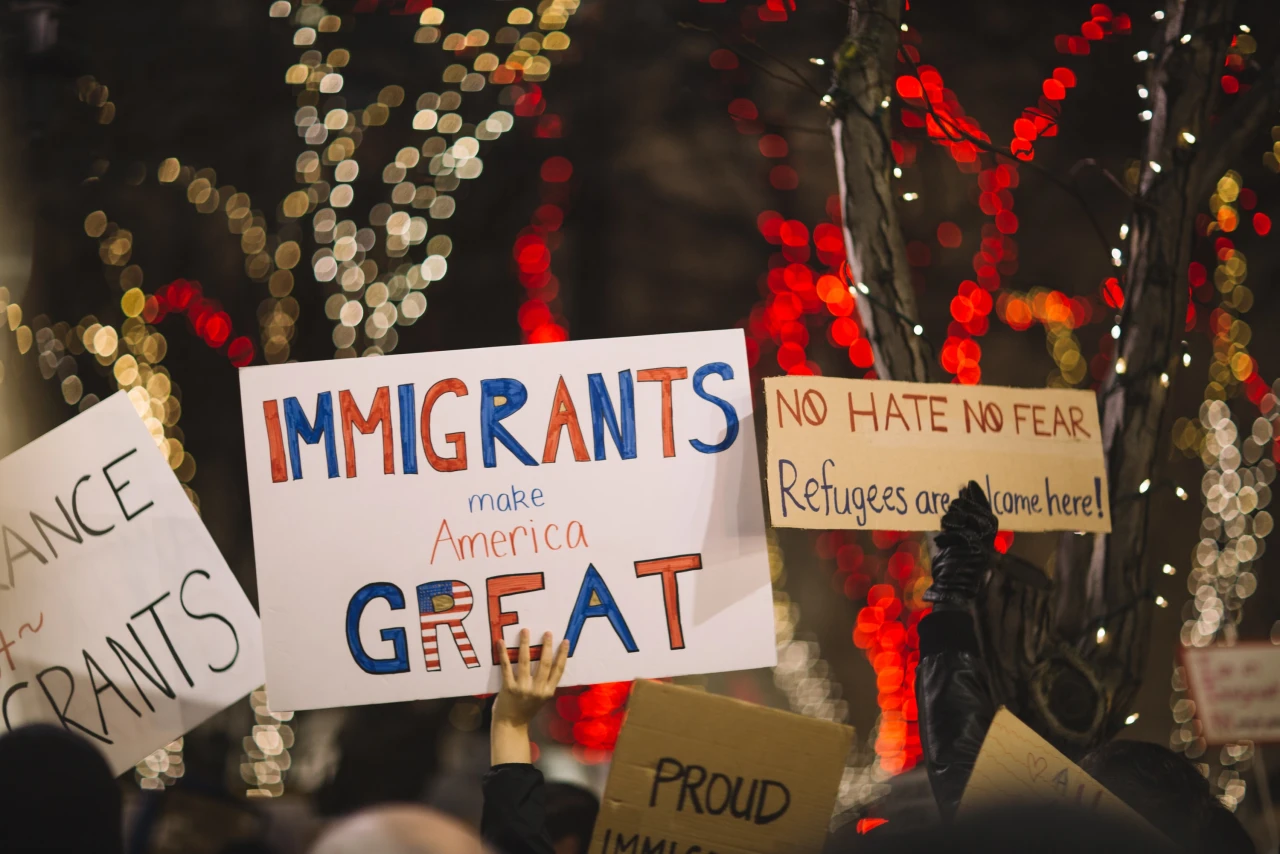Oregon and Washington implement emergency farmworker protections amid extreme heat wave
Oregon and Washington have announced emergency rules protecting farmworkers and other outdoor laborers amid the extreme heat wave that has killed hundreds, including one farmworker, in the Pacific Northwest. “The heat experienced in our state this year has reached catastrophic levels,” Washington Gov. Jay Inslee said in a release from the state’s Department of Labor and Industries. “The physical risk to individuals is significant, in particular those whose occupations have them outdoors all day.”
Washington’s regulations go into effect July 13. In Oregon, the new rules go into effect immediately, and advocates are calling them “the nation’s most protective emergency heat rules for workers,” ABC News reported. “With these new rules, Oregon has a chance to lead the country in ensuring workplaces are safe from high heat, especially for those doing the most demanding and dangerous jobs like farming and construction,” Northwest Workers’ Justice Project attorney Kate Suisman told the Associated Press.
Under Oregon’s new rules, the state’s Occupational Safety and Health Division said that employers are required to provide adequate shade and cool or cold drinking water when the heat index is equal to or above 80 degrees Fahrenheit. At 90 degrees, employers must ensure workers are observed for heat illness-related symptoms, that workers have cool-down breaks in the shade for 10 minutes every two hours, and that workers are able to effectively communicate their concerns.
In Washington, employers are required to provide cool drinking water and allow and encourage workers to take paid preventative cool-down breaks at or above 89 degrees. Employers must provide shade and cool-down rests for ten minutes every two hours at 100 degree temperatures and above. “The emergency rules update existing rules that are in place annually from May through the end of September,” the state’s Department of Labor and Industries said.
Like the agencies note, both states have worker protections already in place, and the new regulations are intended to strengthen those as temperatures go into the triple digits, and with deadly consequences. In Oregon last month, 38-year-old nursery worker Sebastian Francisco Perez died after collapsing from the heat, just two months after arriving to the U.S. In one of the three vigils held for the man, his wife and mother addressed supporters through a FaceTime call, with a supporter holding a mic up to the phone.
“We don’t want more of our family members to go through this,” his wife, Maria Lucas Alonzo, said according to The Oregonian. “We don’t want more death … We don’t want more sadness.”
Per a recent survey of farmworkers by the UFW Foundation, 55.38% of respondents said they’d experienced a heat-related symptom while working. 40.39% said they don’t have access to shade, 18% said they were given only one break, while 5% said they were given no breaks at all. And for too many, the ability to report these workplace abuses is directly hindered by immigration status. “Many farm workers are undocumented immigrants are reluctant to come forward to report violations for fear of deportation and family separation and/or loss of their job,” UFW Foundation said.
UFW and the UFW Foundation last month called on Inslee to issue emergency rules, saying the “state’s current heat standards fall short of safeguards the UFW first won in California in 2005 and strengthened in 2015 that has prevented countless deaths and illnesses from heatstroke.” Martha Acevedo, a wine grape worker, said that she’d been using her time off to distribute water and information to cherry workers. “They were struggling,” she said. “No shade, not even cold water. I’m afraid people will die. This is beyond hot weather. This is an emergency.”
“Our state has rules in place to ensure these risks are mitigated, however, the real impacts of climate change have changed conditions since those rules were first written and we are responding,” Inslee said in the statement announcing the new regulations. Oregon state official Andrew Stolfi said that “[i]n the face of an unprecedented heat wave in the Pacific Northwest—and tragic consequences—it is absolutely critical that we continue to build up our defenses against the effects of climate change, including extreme heat events,” the Associated Press reported.

